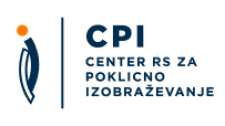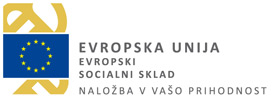Primary tabs
Archived
Magister arheologije/magistrica arheologije
Selected qualifications
| Name of qualification | Name of qualification: Magister arheologije/magistrica arheologijeAdd to comparison |
|---|---|
| Translated title (no legal status) | Translated title: Master's degree in archaeology |
| Type of qualification | Type of qualification: Master’s degree |
| Category of qualification | Category of qualification: Educational Qualification |
| Type of education | Type of education: Master's education |
| Duration |
Duration of education:
2 years
|
| Credits | Credits: 120 credits |
| Admission requirements |
Entry conditions:
|
| ISCED field |
Field:
Arts and humanities
|
| ISCED subfield | subfield: history and archaeology |
| Qualification level |
SQF Level:
SQF 8 |
- appropriately select research methods, procedures and processes and assess them critically,
- autonomously process primary sources and critically assess the dilemmas and perspectives of the academic discipline,
- participate in joint research that enables them to be more competitive in the labour market,
- demonstrate a commitment to professional ethics,
- communicate orally and in writing,
- demonstrate in-depth professional insight into the development of concepts in archaeology and history of art and cultural heritage protection concepts,
- demonstrate familiarity with the basic practical scientific methods of archaeological, conservation and art history work, with essential ancillary disciplines,
- place knowledge conceptually into the broader context of the study, protection and promotion of cultural heritage,
- resolve concrete problems in the monument protection profession and use results for theoretical scientific work,
- demonstrate knowledge of the work process from basic research to the preparation of scholarly publications.
In order to progress to the second year, students must have completed at least 36 credits – i.e. course units in six subjects (60% of the required course units), including both core subjects.
Third-cycle doctoral study programmes (SQF level 10)
In order to complete the programme, students must complete all course units prescribed by the study programme.
University of Primorska, Faculty of Humanities
URL
Awarding body URL:Upcoming event
International Conference: 10 years of Slovenian Qualifications Framework
International Conference: 10 years of Slovenian Qualifications Framework Brdo Congress Centre, Predoslje 39, 4000...
© Center RS za poklicno izobraževanje, 2018. All rights reserved
Sitemap General legal notice Cookie Policy Production: ENKI






